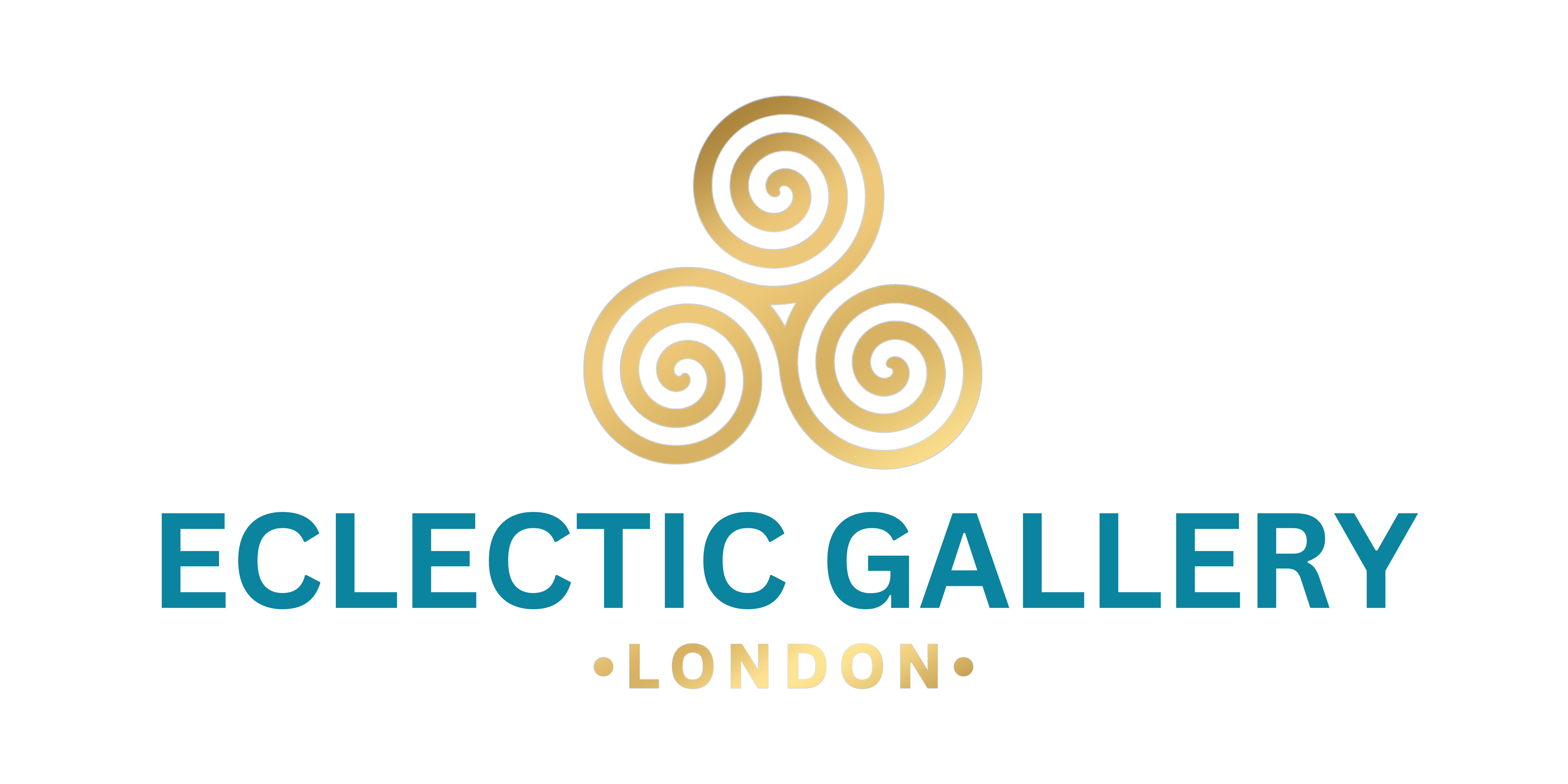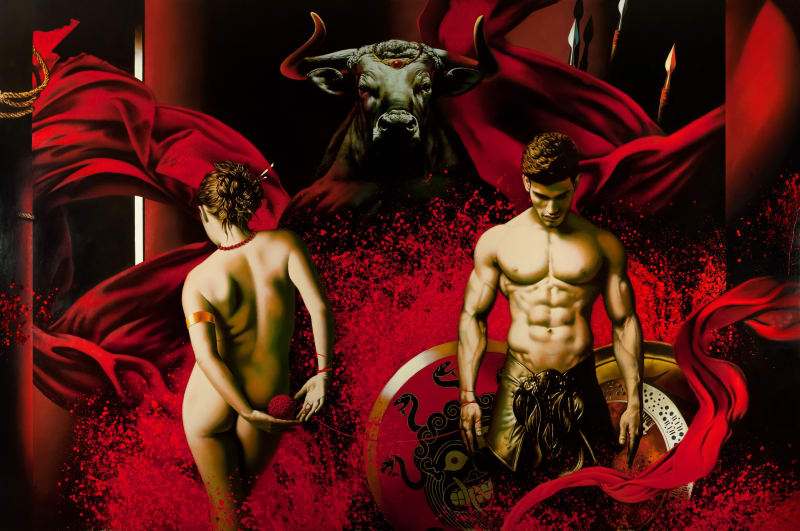Symbolism and allegory are powerful tools used by artists to convey deeper meanings and narratives within their works. In art, symbolism refers to the use of symbols to represent ideas or concepts, while allegory involves the use of symbolic figures or actions to convey moral or philosophical messages.
Allegory in visual arts takes the form of a narrative or representation that carries a symbolic meaning beyond its literal interpretation. This can include depictions of mythological figures, historical events, or religious stories, each imbued with layers of symbolic significance.
A symbolic narrative allegory combines elements of both symbolism and allegory, using visual storytelling to convey complex ideas or themes. Through the use of symbols and allegorical imagery, artists create rich and nuanced narratives that invite viewers to interpret and contemplate their meanings.
Visual symbolism in art encompasses a wide range of techniques and motifs used to convey specific meanings or evoke particular emotions. From religious iconography to cultural symbols, artists draw upon a diverse array of visual cues to communicate their intended messages.
Mythology has long been intertwined with art, serving as a rich source of inspiration for artists throughout history. From ancient civilizations to modern-day painters, mythology has provided artists with a vast repertoire of stories, symbols, and archetypes to explore and reinterpret.
One such artist represented by Eclectic Gallery is Alexey Golovin, whose work is deeply inspired by Greek mythology. Alexey's paintings depict hyperrealistic characters from famous mythology in his own interpretation and depiction. Through his meticulous attention to detail and masterful technique, Alexey brings these ancient tales to life, inviting viewers to immerse themselves in the world of gods, heroes, and monsters.
In Greek mythology, Apollo is the god associated with art, particularly music, poetry, and prophecy. As the patron of the arts, Apollo embodies the creative spirit and serves as a source of inspiration for artists across disciplines.
The impact of Greek mythology on art and literature has been profound, shaping the course of Western culture for centuries. From the epic poems of Homer to the sculptures of ancient Greece, the myths and legends of the ancient world continue to resonate with artists and audiences alike, offering timeless insights into the human experience.
In conclusion, the relationship between art and mythology is a rich and multifaceted one, filled with symbolism, allegory, and timeless narratives. Through the exploration of mythological themes and motifs, artists create works that transcend time and culture, inviting viewers to contemplate the mysteries of the human condition. As we continue to unravel the symbolic language of art, we uncover new layers of meaning and insight, connecting us to the ancient stories that have shaped our collective imagination.


